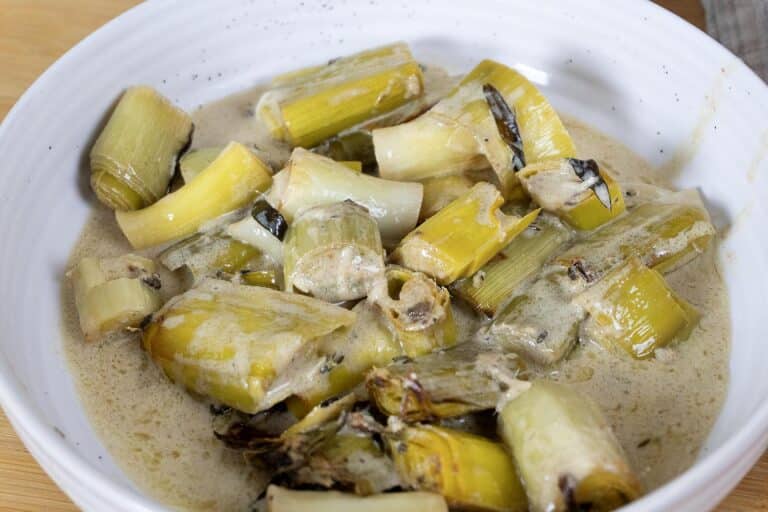Filipino Adobo vs. Mexican Adobo: Understanding Their Unique Characteristics

Both Filipino and Mexican cuisines boast dishes named “adobo,” yet they differ significantly in preparation, ingredients, and cultural contexts.
We’ll contrast these two versions of adobo, highlighting their unique aspects and the culinary traditions from which each originates.
Ingredients and Preparation
Filipino Adobo: This version of adobo is essentially a cooking process. It involves marinating meat (commonly chicken or pork) in a mixture of vinegar, soy sauce, garlic, and black peppercorns, and sometimes bay leaves. The meat is then braised in the marinade until tender. The result is a dish that is tangy, slightly salty, and infused with the richness of garlic.
Mexican Adobo: In contrast, Mexican adobo refers to a rich, reddish-brown sauce made from a blend of chilies (such as ancho or guajillo), tomatoes, vinegar, garlic, and other spices. This sauce is often used to marinate and cook meats like pork and chicken, but unlike the Filipino method, the Mexican adobo focuses more on the flavor of the chilies and spices rather than acidity.
Flavor Profiles
Filipino Adobo has a distinctly sharp and tangy flavor due to the prominence of vinegar in the marinade, balanced with the saltiness of soy sauce and the pungency of garlic. This combination creates a deep, savory taste that is hearty and robust.
Mexican Adobo features a more complex spice blend that leads to a smoky, spicy, and slightly sweet flavor profile. The use of different dried chilies can alter the heat and depth of the adobo sauce, making it versatile for various dishes.
Cultural Significance
Filipino Adobo is often considered a national dish of the Philippines, beloved for its simplicity and the ease with which it can be prepared. It has evolved through centuries and varies from region to region, with some variations including coconut milk or adding potatoes.
Mexican Adobo is deeply rooted in the culinary traditions of pre-Columbian Mexico, adapted and enhanced with the introduction of Spanish spices and cooking techniques. It is a staple in festive meals and everyday cooking, used in various dishes to add rich, deep flavors.
Despite sharing a name, Filipino adobo and Mexican adobo offer vastly different tastes, ingredients, and cultural significance. Filipino adobo’s vinegar-based marinade highlights a tangy and garlicky profile, while Mexican adobo’s chili-based sauce offers a complex, smoky, and spicy experience.
Both, however, reflect the rich culinary heritages of their respective countries and remain beloved by their people. Whether you’re a culinary expert or a curious foodie, understanding these differences can enhance your appreciation for these distinct yet equally delightful dishes.






